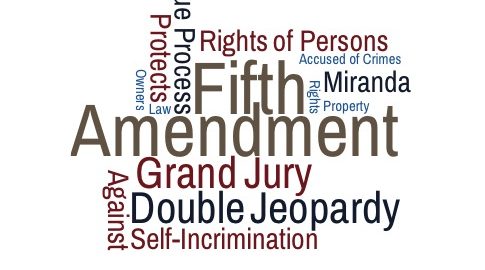United States v. Vazquez-Mendez, 915 F.3d 85 (1st Cir.
Feb. 8, 2019).
The First Circuit vacated and remanded the defendant’s sentence for revocation of supervised release, holding that the district court erred in relying on the defendant’s rehabilitation needs when it imposed an upward variance 15 months above the guideline range. The court explained that, under the Sentencing Reform Act, a court “may not impose or lengthen a prison sentence in order to promote a defendant’s rehabilitation” or enable him to complete a prison rehabilitation program. Stating that the same rule applies to resentencing after a revocation, it held that the district court’s “statements show that it did or likely did rely on rehabilitation in fixing the sentence.”
Adrián Vázquez-Méndez (“Vázquez”) pled guilty in federal district court in Puerto Rico in 2001 to one count of conspiracy to distribute cocaine, 21 U.S.C. § 846, and was sentenced to 168 months in prison followed by five years of supervised release. After serving more than eleven years in prison, Vázquez began supervised release on December 28, 2012.
The defendant eventually violated the terms of his supervised release and was resentenced by the District Court. In resentencing the defendant the District Court imposed an upward variance and sentenced him to 2 years in prison when the guidelines range was 3 to 9 months. The sentencing court cited as one of its reasons for the variance was the rehabilitation of the defendant.
The First Circuit held that under the Sentencing Reform Act a court may not impose or lengthen a prison sentence in order to promote a defendant’s rehabilitation or to enable him to complete in prison a rehabilitative program. Tapia v. United States, 564 U.S. 319, 335, 131 S.Ct. 2382, 180 L.Ed.2d 357 (2011). The rule applies to resentencing after a revocation of supervised release. United States v. Molignaro, 649 F.3d 1, 5 (1st Cir. 2011).
The factors that the District Court must consider when imposing a sentence are found in 18 U.S.C. § 3582 and in 18 U.S.C. § 3553(a).
18 U.S.C. § 3582:
Factors to be considered in imposing a term of imprisonment.–The court, in determining whether to impose a term of imprisonment, and, if a term of imprisonment is to be imposed, in determining the length of the term, shall consider the factors set forth in section 3553(a) to the extent that they are applicable, recognizing that imprisonment is not an appropriate means of promoting correction and rehabilitation. In determining whether to make a recommendation concerning the type of prison facility appropriate for the defendant, the court shall consider any pertinent policy statements issued by the Sentencing Commission pursuant to 28 U.S.C. 994(a)(2).
18 U.S.C. 3553(a); (NOTE: what appears below is an abbreviated version of the statute)
Factors to be considered in imposing a sentence.–The court shall impose a sentence sufficient, but not greater than necessary, to comply with the purposes set forth in paragraph (2) of this subsection. The court shall consider–
(1) the nature and circumstances of the offense and the history and characteristics of the defendant;
(2) the need for the sentence imposed–(A) to reflect the seriousness of the offense, to promote respect for the law, and to provide just punishment for the offense;(B) to afford adequate deterrence to criminal conduct;(C) to protect the public from further crimes of the defendant; and(D) to provide the defendant with needed educational or vocational training, medical care, or other correctional treatment in the most effective manner;
(3) the kinds of sentences available;
(4) the kinds of sentence and the sentencing range established for–(A) the category of offense, the category of defendant as set forth in the guidelines-;
(5) any pertinent policy statement–(A) issued by the Sentencing Commission;
(6) the need to avoid unwarranted sentence disparities among defendants with similar records who have been found guilty of similar conduct; and;
(7) the need to provide restitution to any victims of the offense.


